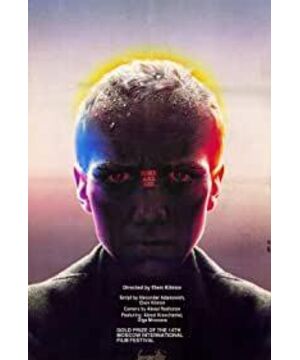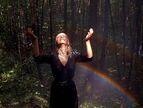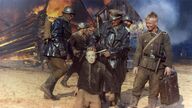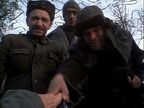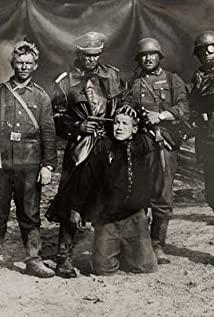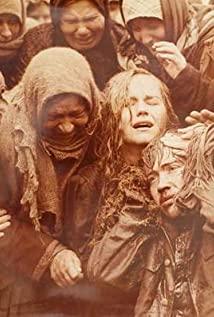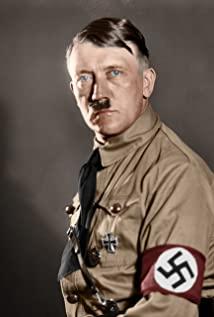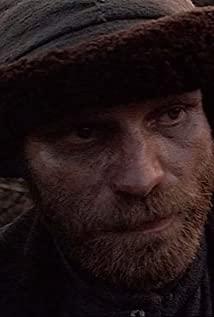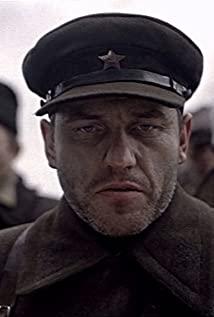The highlight of the film is undoubtedly the use of the end montage. The scene is repeatedly cut between the shooting of a young Hitler portrait and historical images. When the shot is shot, the black-and-white image trembles, and the historical camera rewinds quickly; the shot is shot, the black-and-white image trembles, and the historical camera continues to rewind quickly; the shot is shot, the black-and-white image trembles, and the historical camera rewinds quickly again. The wheels of history rolled backwards, and Hitler finally returned to the childhood in his mother's arms, as if history could be repeated. The next frame cuts to the wooden house in the raging fire, and the cruel reality continues.
Several animals are interspersed in the film to enhance the dull film a lot, but also comes with a lot of content:
Crane: The appearance of the crane is naturally associated with Bunuel. Compared with Bunuel's unreasonable and abrupt insertion of animals, the appearance of a crane whose home has been destroyed has a much more mature and rounded contrast to the theme.
Cow: The owner of the cow is forced to roll on the mud, and the white clothes are covered with black mud. At this moment, the difference between humans and animals is so small.
Lemurs: While giving instructions to kill the Nazi officers, they approached the ugly and ghostly lemurs and looked like family members, reflecting the situation of the Nazis as ghosts and civilians inferior to beasts.
View more about Come and See reviews


